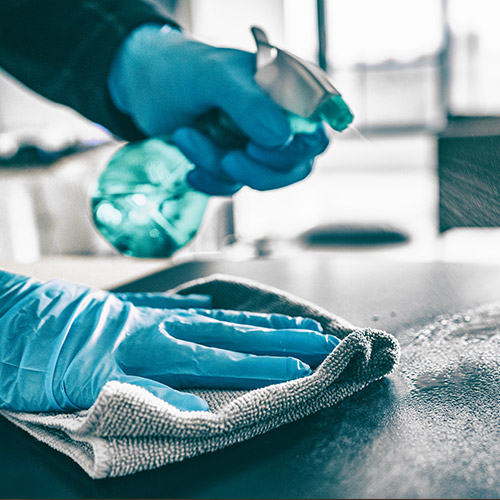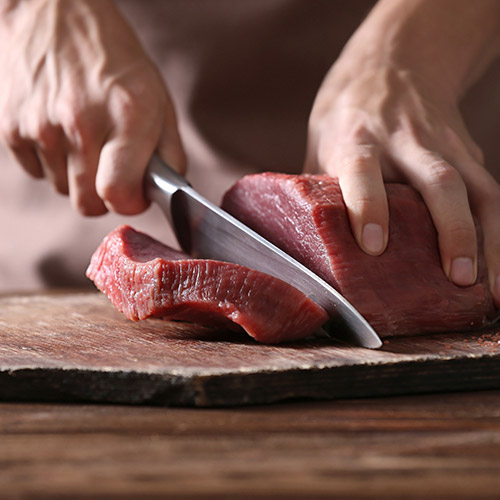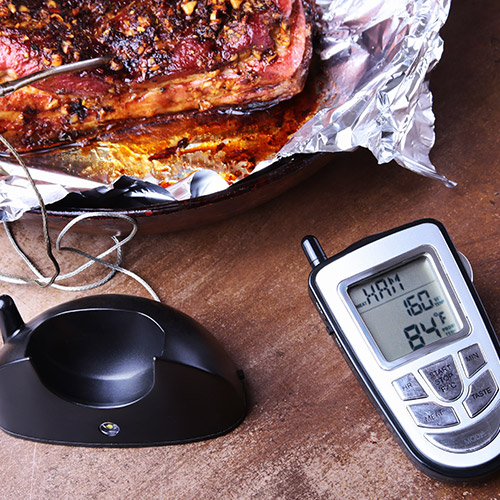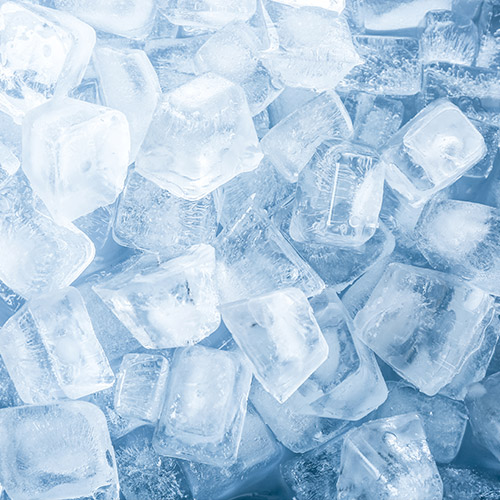
Grill Safely
Author: be well™ with Big Y® Registered Dietitian Team
If you've ever suffered through the "24-hour bug," you may be surprised to learn that what you experienced was most likely a foodborne illness. And cases of foodborne illness tend to peak during the summer months due to hotter weather paired with atypical food preparation locations like picnics, cookouts and camping.1
Stay safe with these Core Four Practices from the Partnership for Food Safety Education2:
CLEAN: Keep surfaces clean

The first surface to keep clean is your hands. Then wipe down countertops with warm, soapy water at the beginning, during and after cooking. This goes for the table you're eating on, too.
SEPARATE: Use it, then lose it 
- Don't infect your food with bacteria by reusing cutting boards, utensils, plates, marinades or sauces that come into contact with raw meat.
- Cut meats on their own cutting boards with their own knives, away from the boards and utensils used with other foods.
- Switch over to clean utensils, plates and unused marinades as you serve meats off the grill.
COOK: Know your temperatures 
- Use the grill, a slow cooker, an oven or chafing dishes with lit chafing dish fuel to keep foods hot at a temperature of at least 140 degrees Fahrenheit (°F).
- Prevent bacteria from basking in the summer heat by following recommended cooking temperatures.
- Remember, the only way to truly verify you reached the correct temperature is with an instant-read food thermometer!
- Be mindful of cooking temperatures when grilling different foods. For example, cook chicken away from, and below, other foods because its juices could contaminate those with lower cooking temperatures such as hamburgers and hot dogs.
CHILL: Keep cold foods cold 
Cold foods should be held below 40°F. Keep cold foods cold by placing plates on ice, or by using insulated bowls with ice packs, ice-filled coolers and refrigerators.
| SAFE MINIMUM INTERNAL TEMPERATURES as measured with a food thermometer | |
|---|---|
| Beef, pork, veal and lamb (roast, steaks and chops) | 145°F with a three-minute “rest time” after removal from the heat source |
| Ground meats | 160°F |
| Poultry (whole, parts or ground) | 165°F |
| Eggs and egg dishes | 160°F, but cook eggs until both the yolk and the white are firm; scrambled eggs should not be runny |
| Leftovers | 165°F |
| Finfish | 145°F |
| Guidelines for Seafood | Shrimp, lobster, crabs - Flesh pearly and opaque |
| Clams, oysters and mussels - Shells open during cooking | |
| Scallops - Milky white, opaque and firm | |
[1]United States Department of Agriculture Food Safety and Inspection Service. Foodborne Illness Peaks in Summer – What can you do to prevent it? Site accessed on February 25, 2021.
https://www.fsis.usda.gov/wps/portal/fsis/topics/food-safety-education/get-answers/foodsafety-fact-sheets/foodborne-illness-and-disease/foodborne-illness-peaks-in-summer.
Published 6/2/21, Reviewed 3/1/2023


